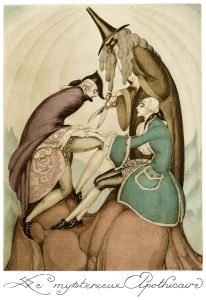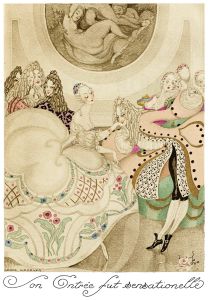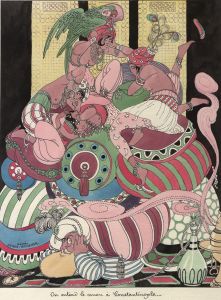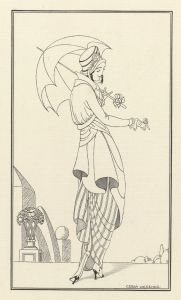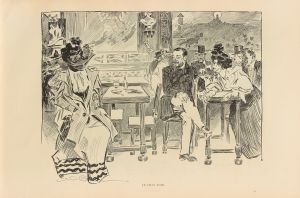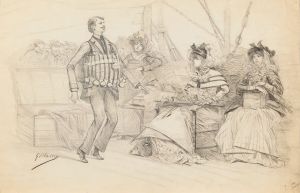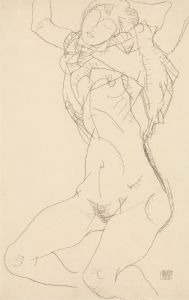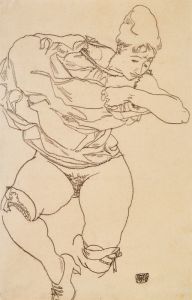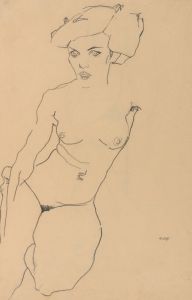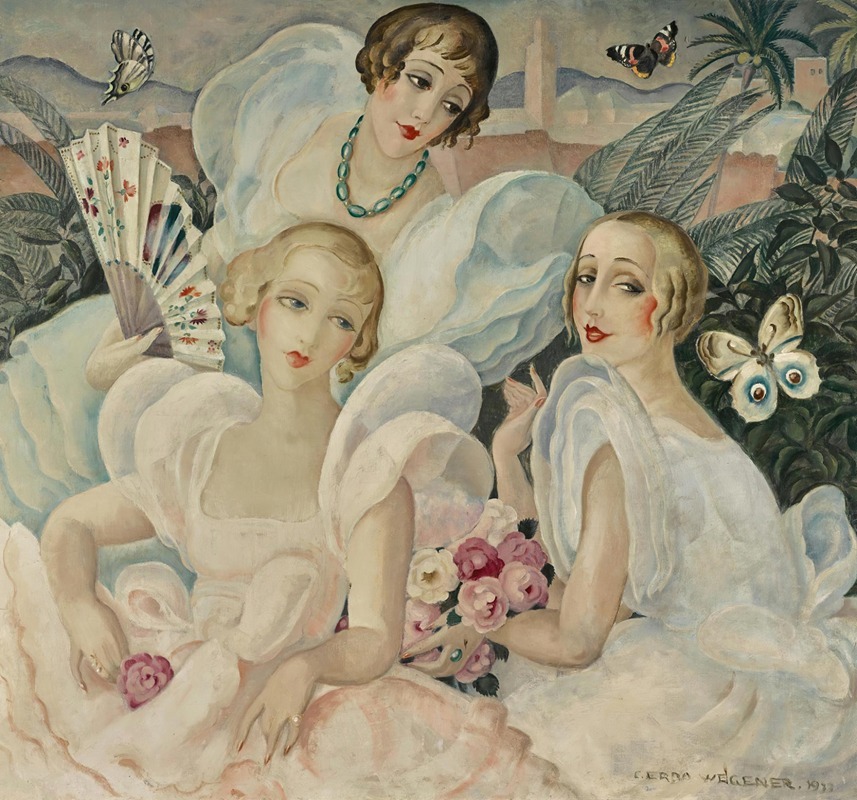
Les femmes fatales
A hand-painted replica of Gerda Wegener’s masterpiece Les femmes fatales, meticulously crafted by professional artists to capture the true essence of the original. Each piece is created with museum-quality canvas and rare mineral pigments, carefully painted by experienced artists with delicate brushstrokes and rich, layered colors to perfectly recreate the texture of the original artwork. Unlike machine-printed reproductions, this hand-painted version brings the painting to life, infused with the artist’s emotions and skill in every stroke. Whether for personal collection or home decoration, it instantly elevates the artistic atmosphere of any space.
Gerda Wegener was a Danish painter and illustrator, known for her art deco style and her depictions of fashionable women and lesbian erotica. One of her notable works is "Les femmes fatales," which reflects her unique artistic vision and the cultural milieu of early 20th-century Europe.
Gerda Wegener was born on March 15, 1886, in the small town of Hammelev, Denmark. She moved to Copenhagen to study at the Royal Danish Academy of Fine Arts, where she met her future husband, Einar Wegener, who later became known as Lili Elbe, one of the first recipients of gender confirmation surgery. The couple moved to Paris in 1912, where Gerda's career flourished. Paris at the time was a hub of artistic innovation and a more liberal environment compared to Copenhagen, allowing Gerda to explore themes of gender and sexuality more freely.
"Les femmes fatales" is a testament to Wegener's fascination with the concept of the 'femme fatale,' a popular motif in art and literature that portrays women as seductive, mysterious, and often dangerous. This theme was prevalent in the late 19th and early 20th centuries, reflecting societal anxieties about changing gender roles and the increasing independence of women. Wegener's interpretation of the femme fatale is both a celebration and a critique, capturing the allure and complexity of her subjects.
Wegener's style is characterized by its vibrant colors, elegant lines, and a blend of realism and fantasy. Her work often features women in glamorous settings, adorned in the latest fashions, which she depicted with meticulous attention to detail. This attention to fashion and style was likely influenced by her work as an illustrator for various fashion magazines, where she gained recognition for her ability to capture the essence of contemporary trends.
"Les femmes fatales" exemplifies Wegener's ability to convey emotion and narrative through her art. The painting showcases her skill in portraying the subtleties of expression and body language, inviting viewers to engage with the inner lives of her subjects. Her use of color and composition creates a sense of drama and intrigue, drawing the viewer into the world she has created.
Throughout her career, Wegener's work was celebrated for its boldness and originality. However, it also faced criticism and censorship due to its erotic content and exploration of taboo subjects. Despite these challenges, Wegener remained a prolific artist, continuing to produce work that pushed the boundaries of conventional art.
In recent years, there has been a renewed interest in Gerda Wegener's work, partly due to the increased visibility of Lili Elbe's story through the film "The Danish Girl." This renewed attention has led to a re-evaluation of Wegener's contributions to art and her role in challenging societal norms through her depictions of gender and sexuality.
"Les femmes fatales" remains an important piece in understanding Wegener's artistic legacy and the broader cultural context of her time. It serves as a reminder of the power of art to provoke thought and inspire change, capturing the complexities of human identity and desire.






